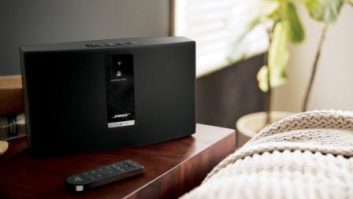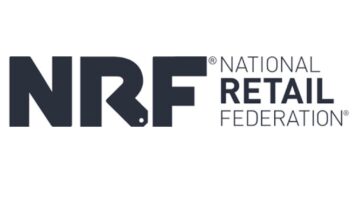
You can control a lot about your retail presence but certainly not everything.
Sure, you can design your own packaging, but what about the things you can’t control? Like security “spiders” and Plexiglas boxes that need to be unlocked by a sales associate? The industry term is “loss prevention,” but it might as well be called sales prevention with its cables wrapping around and strangling the packaging that you worked tirelessly to perfect. The truth is, in the world of consumer tech, your products are at the mercy of the retailer.
Store and department managers have a ton of control over how your products are merchandised, and with regards to the Big Four (Best Buy, Apple, Target and Walmart), how are you going to control how you show up in some 15,000 U.S. storefronts?
The reality is you can’t control how retailers are controlling you, but you can save yourself from the most dangerous entity in the world: yourself.
Sure, huge brands like HP and Logitech have full, beautifully merchandised sections for their products, but they pay a dear price for this level of control. For the rest of the brands out there, all they can hope for is the best. Often times they’ll find their products 10 inches from the floor at the merchandising height of a toddler. Knowing that you have no merchandising control, going into the packaging-design process means that your stuff better have some pop!
One of the biggest self-inflicted issues I see is black products on black packaging. We come across this problem every day in every aisle of every retailer. I know, it looked incredible when your designer showed you the packaging on his 30-inch monitor while you both reclining in your Aeron chairs, but between coming off the presses in China, sailing across the sea, and landing on the shelf of your local retailer, you now realize that it looks like mud.
To add insult to injury, it’s merchandised down in the shadows in a corner next to another company’s equally riveting black-on-black box.
Understanding your retail environment is just as important to your retail presence as any other element, and maybe more. Plan for the worst and expect the best. If you’re going to showcase your new product on the front of your packaging, pick a color that helps the product pop and not recede into the background.
Another misstep I see far too much is the overuse of features and benefits. It’s very rare that a product has multiple reasons for existing, and attempting to communicate multiple features and benefits (F&Bs) to a customer who is already overwhelmed by choice is just counterproductive.
I have two major issues with F&Bs. The first is that a feature tells me “what,” but a benefit tells me “why.” Most people could care less about what you did, but they care a lot about why it matters to them.
My second issue with F&Bs is the thinking that more is somehow better than less. Product makers will pack laundry lists of ’em into every inch of real estate on a piece of packaging, highlighted by bursts, violators and call-outs of every kind.
Here’s a small lesson that I learned the hard way: If your product delivers one major benefit, then by all means communicate to us what that is, and we’ll understand and retain that one benefit. But, if you try and muscle down our throats three, six, 20 different features and benefits, you’ll end up communicating nothing. The messages will cancel themselves out, and all your marketing efforts will be for naught.
Jamie Capozzi is the founder and creative director of Theory Associates, a strategic branding agency that “creates crave for some of the world’s leading technology brands.” He can be reached at (415) 904-0995.












